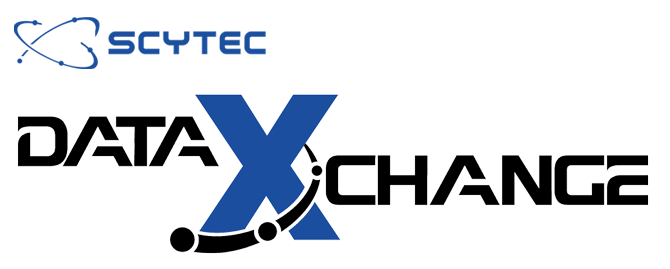How to Calculate Utilization for Overhead Conveyors
In the past calculating utilization for stations such as paint booths or powder coating lines that use overhead conveyors wasn’t very accurate. A rudimentary method was simply to monitor whether the conveyor was moving. However, this did not consider multiple factors including whether any parts were actually present on the conveyor.
An improvement was to add a digital sensor to detect the presence of a part on the load bar. While better, this approach had limitations such as the load bar size, the size of the parts, etc. This tactic would require the use of multiple digital sensors, which wasn’t practical due to varying part sizes, and in many scenarios, parts would be hung from other parts, taking full advantage of the available vertical space.
A more robust method is to utilize an analog sensor, that considers whether a load bar is present, as well as detecting the vertical density of parts hanging from the load bar. For example, if the vertical space for parts to hang is 60 inches and only a 20-inch part is on the conveyor then at most merely one third of the available capacity is being utilized.
In order to accomplish this, an optical sensor that uses an array of closely spaced light beams is used which allows for profiling items passing by the sensor. The sensor will provide an analog value that is proportional to the vertical density of the items. Taking samples of this value, along with looking at the whether a load bar is present, allows for a very accurate calculation to determine the overall utilization of the station.
This is just one of the many innovative solutions implemented with Scytec DataXchange. For additional information on DataXchange Machine Monitoring, please register for a demo or contact our sales team.


